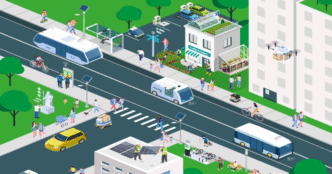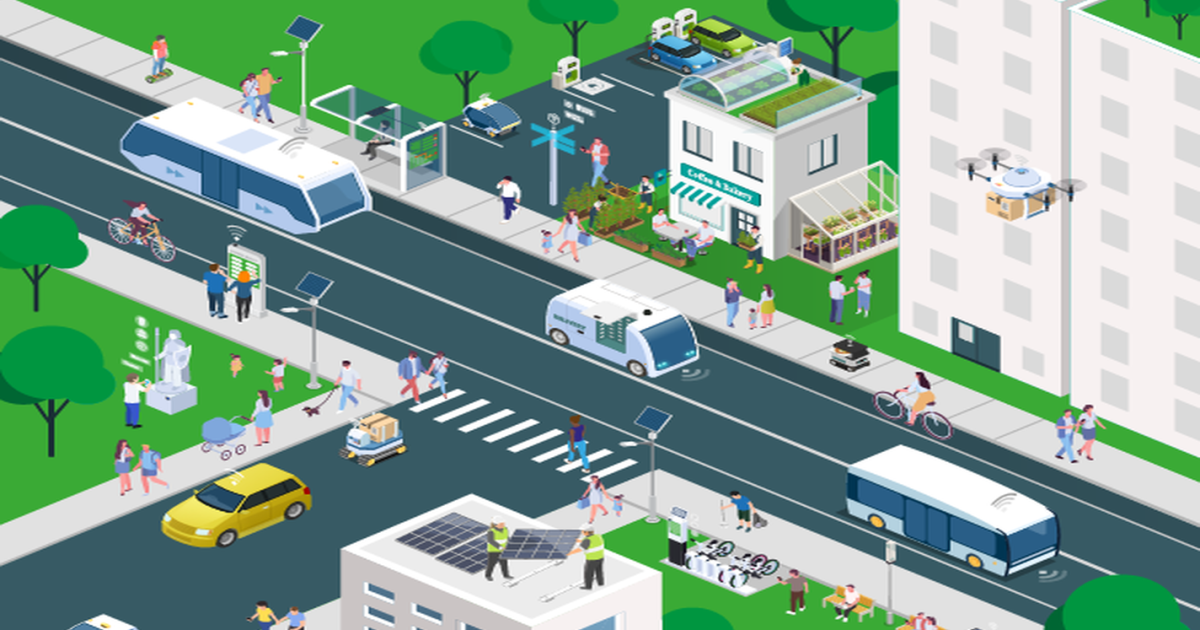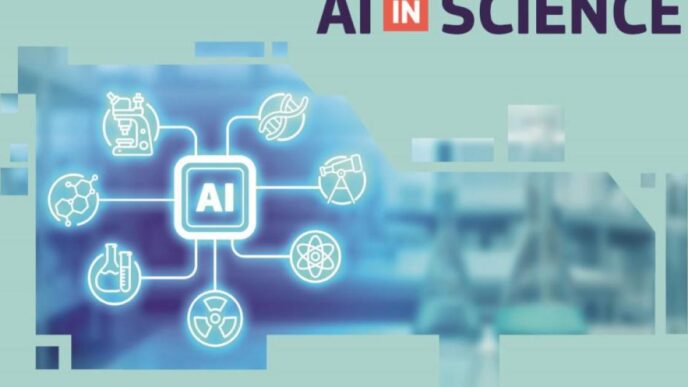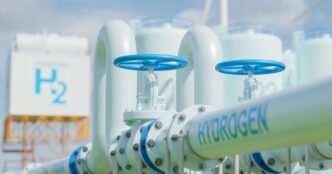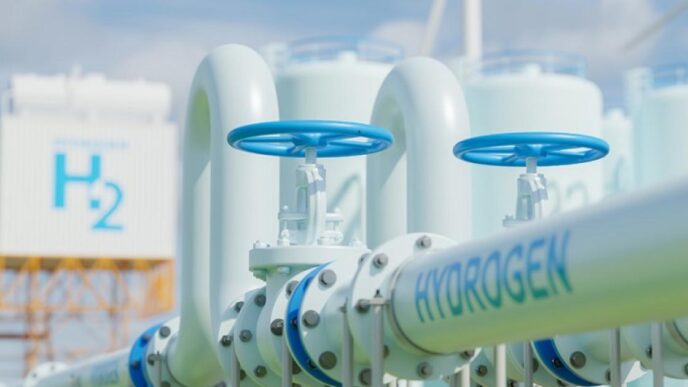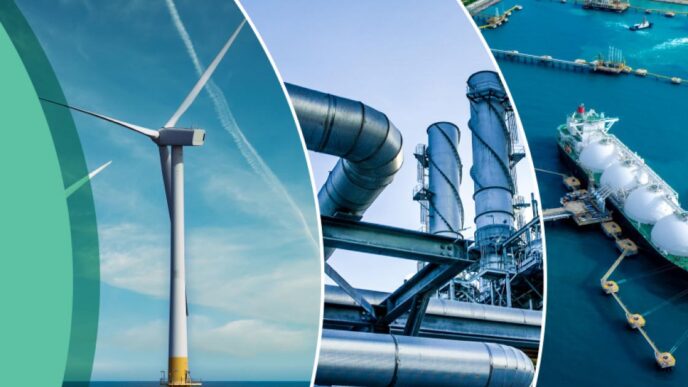The potential risks and benefits of vehicle automation are laid out in a new JRC study which shows that efficient automation combined with shared mobility services and car-restrictive policies could help cut energy consumption by 15% in the transport sector.
While automated transportation systems can decrease traffic congestion and enhance accessibility, they also create substantial energy demands. To better understand these complex dynamics, the new JRC study examines how connected, cooperative and automated mobility affects energy consumption in a variety of scenarios.
Focusing on different automated transport options including robotaxis, automated shuttles and high-frequency buses, the research emphasises the need to optimise technology and encourage shared mobility solutions to reduce energy requirements.
Coping with increased energy demand from automation
The increase in energy demand related to automation, for example power used by sensors, computing, vehicle-to-infrastructure communication, high-definition mapping and data storage can account for up to 18% of total transport energy consumption.
To ensure that deployment of these systems is environmentally and economically sustainable, optimisation of how they work is critical. For example, advanced sensor configurations, improved AI-based decision-making and energy-efficient vehicle electronics can significantly reduce automation-related energy use by up to 82%, demonstrating the potential for smarter, more efficient automated vehicle (AV) design.
Making road travel less stressful, cheaper and greener
Unlike basic automation systems without intelligent traffic coordination, new “traffic-aware” automated systems are capable of boosting energy efficiency by smoothing traffic flow, minimising stop-and-go patterns and optimising vehicle spacing on our roads. In practice, drivers could spend less time sitting at red lights or stuck in traffic, improving the driving experience, and saving money by wasting less energy.
However, we could miss the full potential of these energy efficiency savings if the equipment used for automation is energy intensive. Moreover, to truly deliver energy savings AVs must be designed with real-world traffic conditions in mind, as poorly optimised automation could result in higher energy consumption, even if AVs help improve traffic flow.
Shared mobility solutions are crucial in urban areas
Automation in transport (especially in urban settings) has the potential to increase or decrease energy consumption, depending on how it is implemented. Increases in the use of private travel through automated robotaxis, for example, may increase total transport energy demand by up to 80%. Another problem is that its convenience can lead people to switch from walking or cycling to automated travel. By contrast, shared automated mobility solutions, like shuttles and high-frequency buses, offer a more energy efficient alternative by maintaining higher occupancy rates and are less likely to replace walking or cycling.
Well-managed, shared automated mobility services integrated with urban policies as simple as pedestrian zones and reduced car lanes could decrease urban transport energy consumption by 15%.
Better policy for a cleaner planet
These findings will help policymakers to align deployment of AV technologies with the EU Green Deal, to advance climate goals but also to foster innovation and sustainable growth within the European mobility ecosystem. Equally this research provides data-driven insights for urban planners, industry stakeholders, and researchers to develop sustainable transport strategies.
By ensuring that automation complements rather than replaces sustainable transport modes, connected, cooperative and automated mobility services can contribute to a low-energy, climate-friendly future for mobility.
